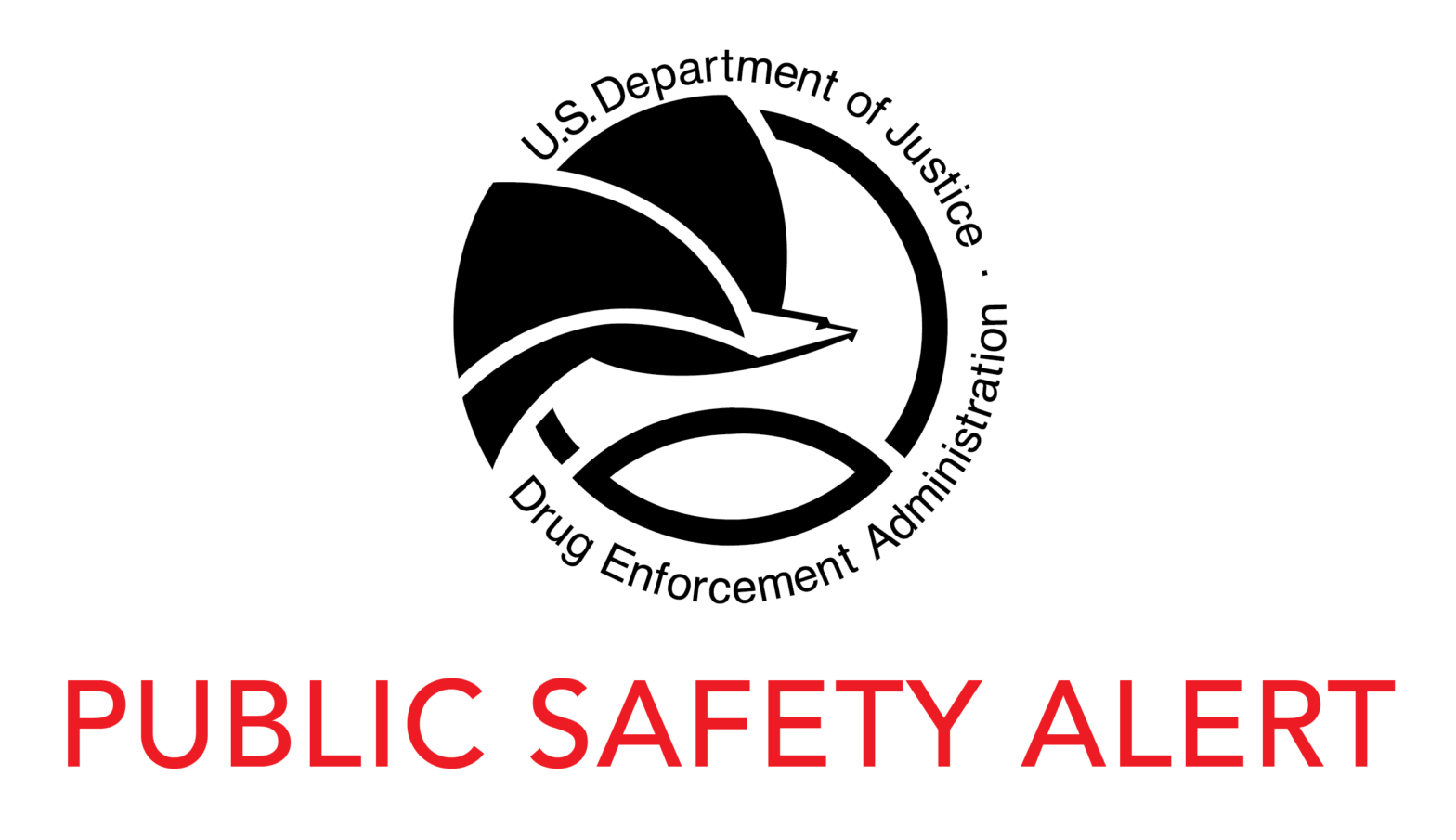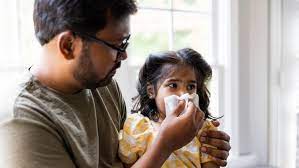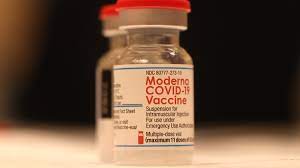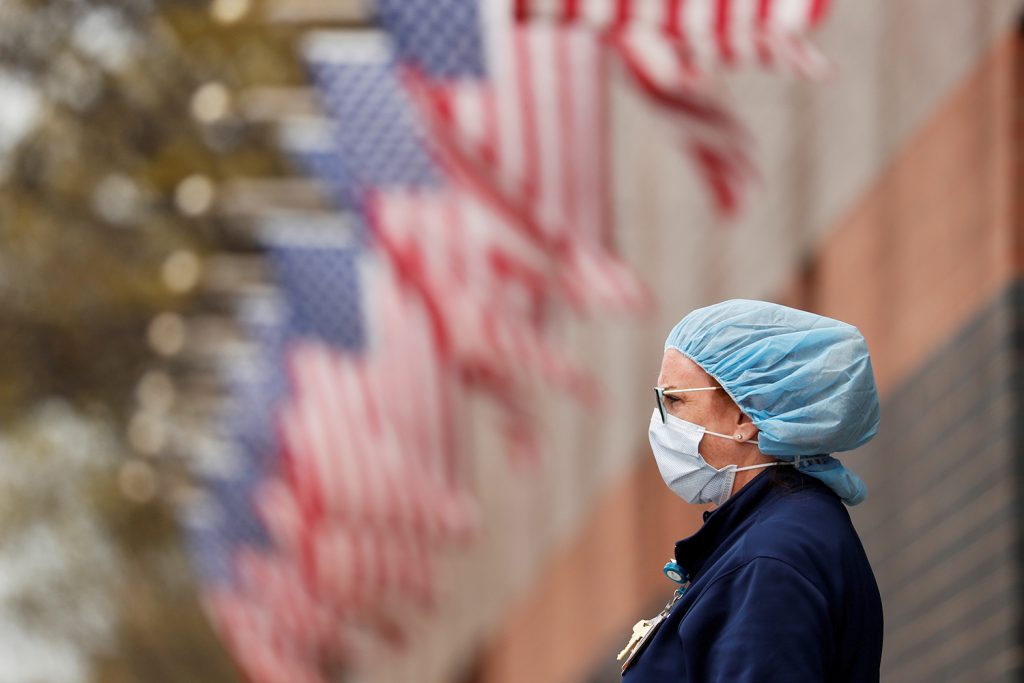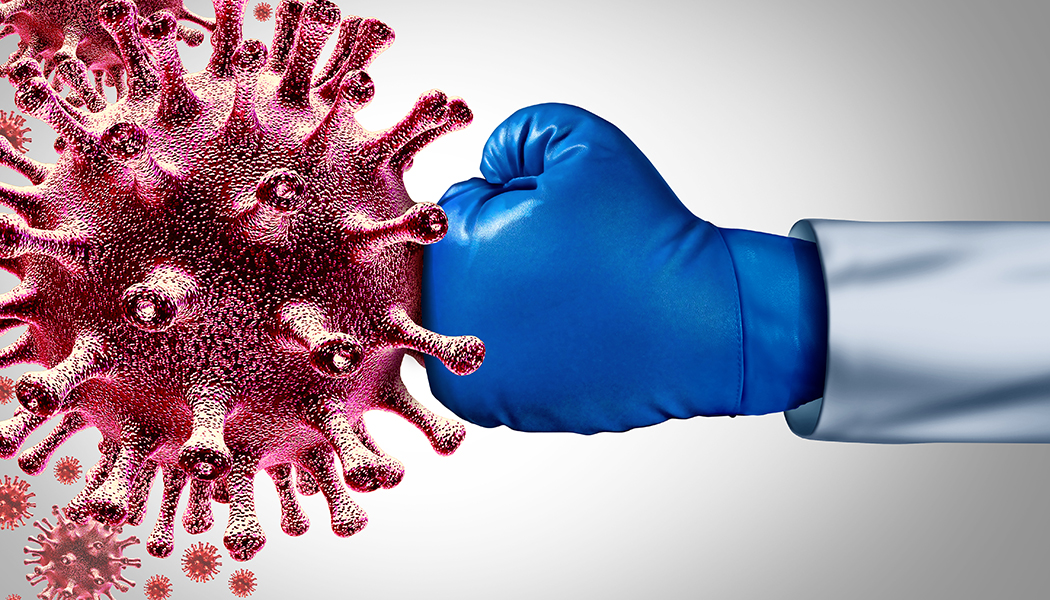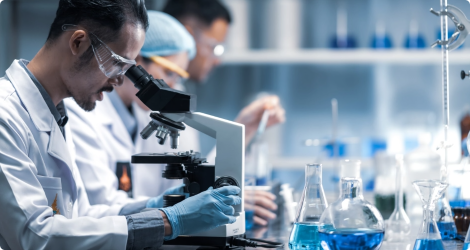Well, COVID testing across the US has been plagued by long lines and wait times topping three hours in some cities. And that has led to a lot of frustration ahead of the Christmas holiday. The seven day average, by the way, of testing across New York City alone has more than tripled since the low that we saw in July. More than 120,000 tests conducted on just one day, December 19, according to the latest data out of the city.
Let’s bring in Gerald Commissiong, Todos Medical CEO. And Gerald, you know, I’m looking at that number, there’s another set to that data, which says the amount of tests that were returned within one day, just 54%, and that is a 75% drop from that low we saw in July.
So what needs to be sorted out here? It feels like we’re two years into the pandemic, we shouldn’t be having these testing issues and yet here we are talking about long lines again.
GERALD COMMISSIONG: Well, you know, there are a number of issues that lead to long lines and testing. The first one, of course, is actually getting the swab into the nose and then getting that sample back to the lab. So when you think about that, the biggest issues that we’ve seen across the country are shipping.
So now COVID testing samples, if they’re being shipped to a location that’s not near where the sample’s collected, they’re competing with Christmas presents, with FedEx and UPS, to get to the destination. So that’s step one. Step two, is actually once the sample gets into the lab, how quickly can it get onto a machine.
And that’s the accessioning process. And oftentimes there’s a lot of automation issues because of HIPAA and other compliance for privacy that create long lines in terms of actually getting that information into the system. And then number three, once it’s on a machine, how quickly can the machine process those samples when there’s a huge crunch, and that boils down to automation.
And unfortunately, a lot of the labs that scaled up for automation last year for COVID testing, when the lull happened and there wasn’t really a lot of government support for ongoing surveillance testing, they went back to doing other tests, that are required for cancer screenings and other types of molecular testing.
And so their capacity to actually process those COVID tests is down. So when you combine those three things, you get long lines and you get long delays in getting tests. And until we really put this type of infrastructure in the routine testing, every day testing, so that there is an incentive for labs to keep this going for the long haul so that when there is a spike you don’t have these delays, because that’s the time when you need them the most, this is just going to continue.
AKIKO FUJITA: I know Todos Medical has your own testing as well. And we should note that it’s the only testing that allows you to see how many antibodies you have. We can get into that in just a bit. But in terms of being able to meet this demand that we’re seeing, what is your capacity look like and how are you ramping up production to be able to get those tests out?
GERALD COMMISSIONG: Yes, sure, so we have two different areas of our business. We have our own testing lab at Provista Diagnostics in Atlanta, Georgia, where we have capacity to do upwards of 20,000 tests a day. We invested heavily in automation. And we’ve really been upgrading our staff to be able to address each one of those bottlenecks that I just described.
So for us actually performing the test and getting results out, we’ve thought through a lot of that process and we’re doing that now in the Atlanta area. We also supply through Corona Diagnostics, which is a distribution business to other labs. Of all the reagents needed to run testing, we’ve obviously seen a huge uptick there in the last several weeks.
And really there are a couple of different things. We automate the labs. So we actually have two labs in the New York area that we have put in heavy automation Tecan machines so that they can do upwards of 10,000 tests a day and now they’re pressure testing that capacity, and it’s performing.
So those, what we call, fully loaded package labs, they’re able to turn around quickly because of the automation they have. The shortage of reagents and supplies that you heard the government tell testing labs is coming, we’ve solved that because we stocked up during the lull months.
So in our warehouse, we have those plastics that you see there. Those are going to be in big shortage, pipette tips also in big shortage, those typically come from China. And when China reduce their energy consumption for different industries, plastics take up huge amount of energy. And so plastic supply was reduced, we already have that.
So for us it’s about making sure that our labs have those pipette tips that you see there, have the necessary plastics to actually be able to put the stuff in. And this is going to become a bigger issue now that these oral antivirals are out. You can only take them within a certain number of days. So you need those test results quickly to get the prescription for these antiviral drugs, which we also have in development.
And so we think that this is a critical component. The government needs to invest in this continually to improve the infrastructure so that we don’t have these long delays in not only getting test results, but soon, in actually getting treatments to people that work better the sooner that you give them.
AKIKO FUJITA: There’s a lot of frustration it seems around the inconsistencies around the test results too. What the PCR test is showing versus what a rapid antigen test are showing. One potentially– one’s negative, one’s positive. You know, you mentioned your testing specifically looking at the amount of antibodies. Why is that important moving forward as we try to get through to this next phase in the pandemic?
GERALD COMMISSIONG: Yeah, so really there are three separate things. You know, antigen testing is a form of testing for the virus. There what you’re testing for is the result of the virus. So the virus takes over a cell and then it produces antigen. The antigen ends up on the surface of the cell a few days after you’ve been infected, which is why there’s a lag with these antigen test results.
The PCR test actually test for the presence of the virus itself before the antigen is present, which is why they’re more accurate. And then once you’ve been infected and you start to recover, or if you’ve been vaccinated, then you develop antibodies. And then the antibodies you’re looking for are the neutralizing antibodies. So not all the antibodies, but really the neutralizing antibodies, which are the same ones that you hear the FDA and others talk about increasing in numbers as evidence that the vaccines are working.
So with regard to antigen testing, these are the rapids that people are taking at home every day. The big issue, one is there’s not enough supply. So we know that the government just said they’re going to buy 500 million and distribute them. That’s not nowhere near enough, you know, that’s maybe enough for a month.
But that’s nowhere near enough to actually be able to address the issue. The problem with those people are searching on Twitter is you can be negative in the morning and positive a couple of hours later because the virus is developing to a point where you have enough antigen to show positive.
So from a practical standpoint, what does that mean? That means you can’t really rely on that result for more than a few hours. And when you actually look at the package insert on those antigen tests, they tell you you’ve got to take two in a row. So if you take two in a row two days apart, really you’re just telling yourself that you are probably negative yesterday or two days ago, not so much that you’re negative today.
That’s really the best we have. And when you compare that to PCR, it’s obviously not as good as PCR in the moment, but with PCR, you have the problem with turnaround time that you just suggested. So because you have the problem of turnaround time, you know, that antigen test may be more useful than a PCR test if you have a long turnaround time.
You know, all of those are bad options. The best option, of course, is a PCR test where you get a rapid result and that really needs to become the standard. That’s why this 24-hour resulting is critical and why we need to invest in local labs that can give you those results fast in a short period of time, because that’s what you need.
Then with regards to the antibodies, the antibodies is really all about how much protection do I have? You know, we’ve heard about, OK, you have X number of antibodies, you’re protected against Delta. Oh my God, Omicron came along. It’s much more virulent. It escapes those antibodies, so you need a much higher number of antibodies to be able to protect and to hold on to that Omicron variant in some form or fashion.
Well, you only get those with the booster. And for how long does that booster last? That’s really why you have to monitor those antibody titers to see when it’s likely that you need another booster to be protected.
AKIKO FUJITA: Gerald, we can talk about this for another hour. It is fascinating to learn the science behind all of this, and you know, your explanations are really helping to clear up a lot of confusion that I know our viewers have had. We hope to have you back on the show again soon. Gerald Commissiong, Todos Medical CEO, great to talk to you today.


